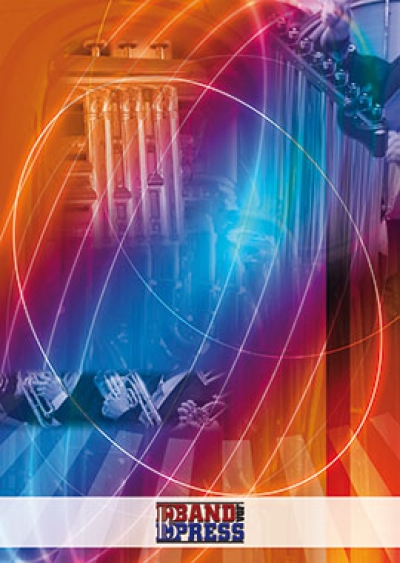We've found 436 matches for your search. Order by
Results
-
 £86.00
£86.00A Ticket To Two Thousand - DerongA(c) Roger
Estimated dispatch 7-14 working days
-
 £93.00
£93.00A Tribute to Astor Piazolla - DerongA(c) Roger
Estimated dispatch 7-14 working days
-
 £86.00
£86.00About Kings and Dukes - DerongA(c) Roger
Estimated dispatch 7-14 working days
-
 £86.00
£86.00Accolades - DerongA(c) Roger
Estimated dispatch 7-14 working days
-
 £150.00
£150.00Africa - DerongA(c) Roger
Estimated dispatch 7-14 working days
-
 £72.00
£72.00Beyond the Universe - DerongA(c) Roger
Estimated dispatch 7-14 working days
-
 £93.00
£93.00Birthland Suite - DerongA(c) Roger
Estimated dispatch 7-14 working days
-
 £72.00
£72.00Ceremonial Festival - DerongA(c) Roger
Estimated dispatch 7-14 working days
-
 £72.00
£72.00Close to the Edge - DerongA(c) Roger
Estimated dispatch 7-14 working days
-
 £86.00
£86.00Different Faces - DerongA(c) Roger
Estimated dispatch 7-14 working days
